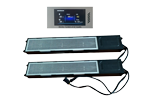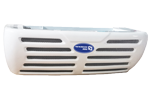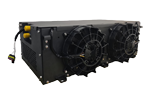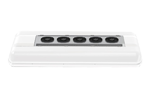A new energy vehicle is a complex system composed of multiple subsystems, mainly including power systems such as batteries, motors, brakes, and other accessories. Almost all subsystems complete their own functions and goals through their own control unit (ECU).
In order to meet the goals of vehicle power, economy, safety and comfort, on the one hand, there must be an intelligent human-vehicle interaction interface; on the other hand, various systems must cooperate with each other to optimize matching. This task needs to be controlled by The vehicle controller in the system is completed. Distributed control network based on bus is an ideal way to realize cooperative control of many subsystems.
Because CAN bus has the advantages of low cost, high transmission rate, high safety and reliability, strong error correction ability and good real-time performance, it has been widely used in real-time distributed control network of medium and low price cars. With more and more car manufacturers adopting the CAN protocol, CAN has gradually become a universal standard. The use of the bus network can greatly reduce the connection signal harnesses between various devices, and improve the system monitoring level. In addition, under the premise of not reducing its reliability, new control units can be easily added to expand the network system functions.









.png)






